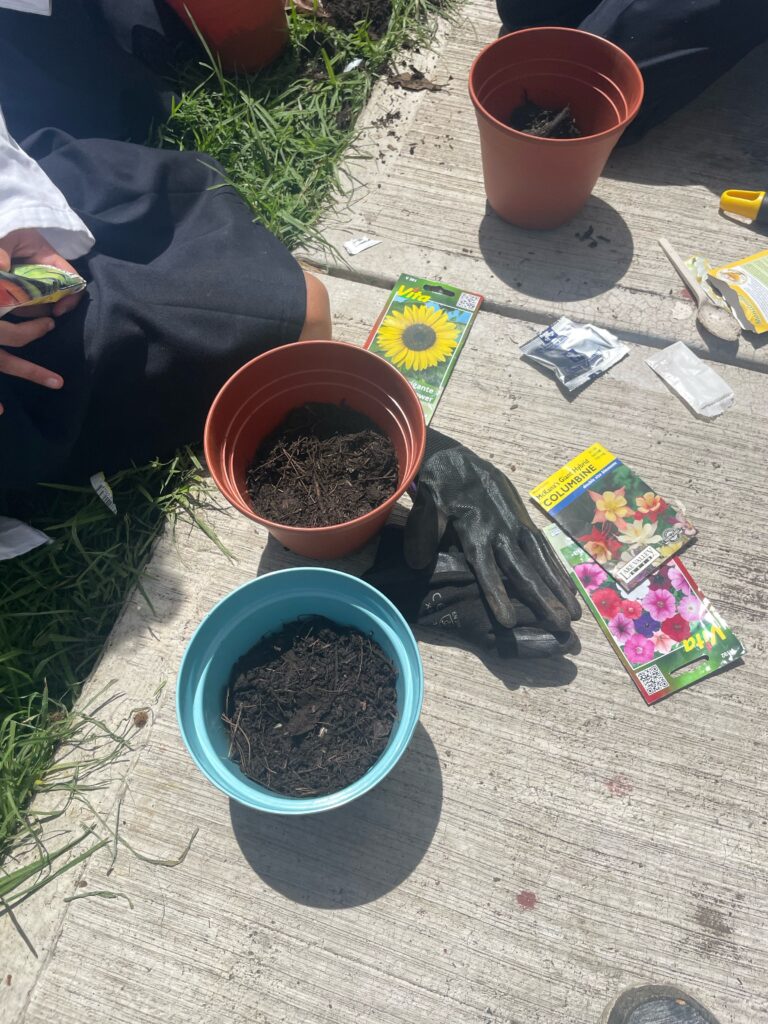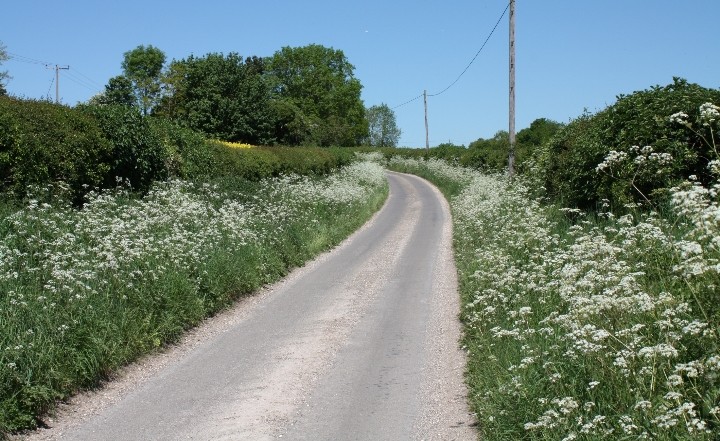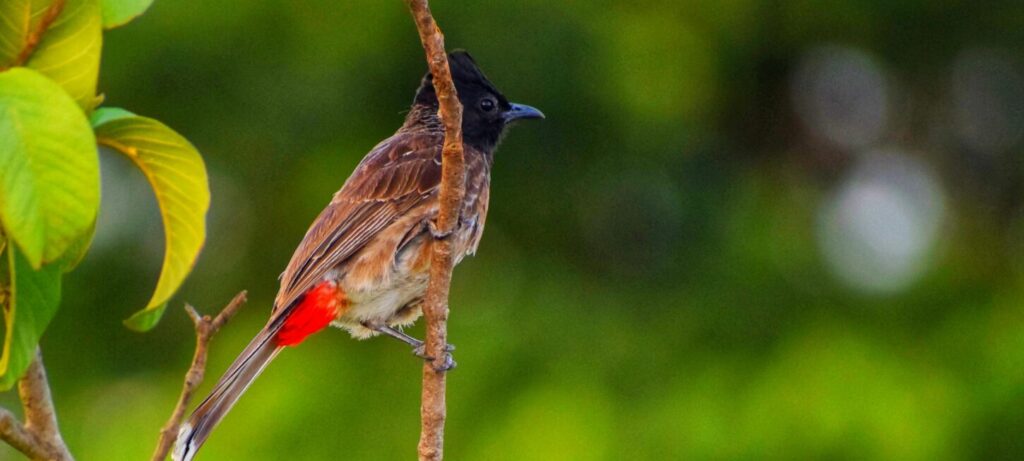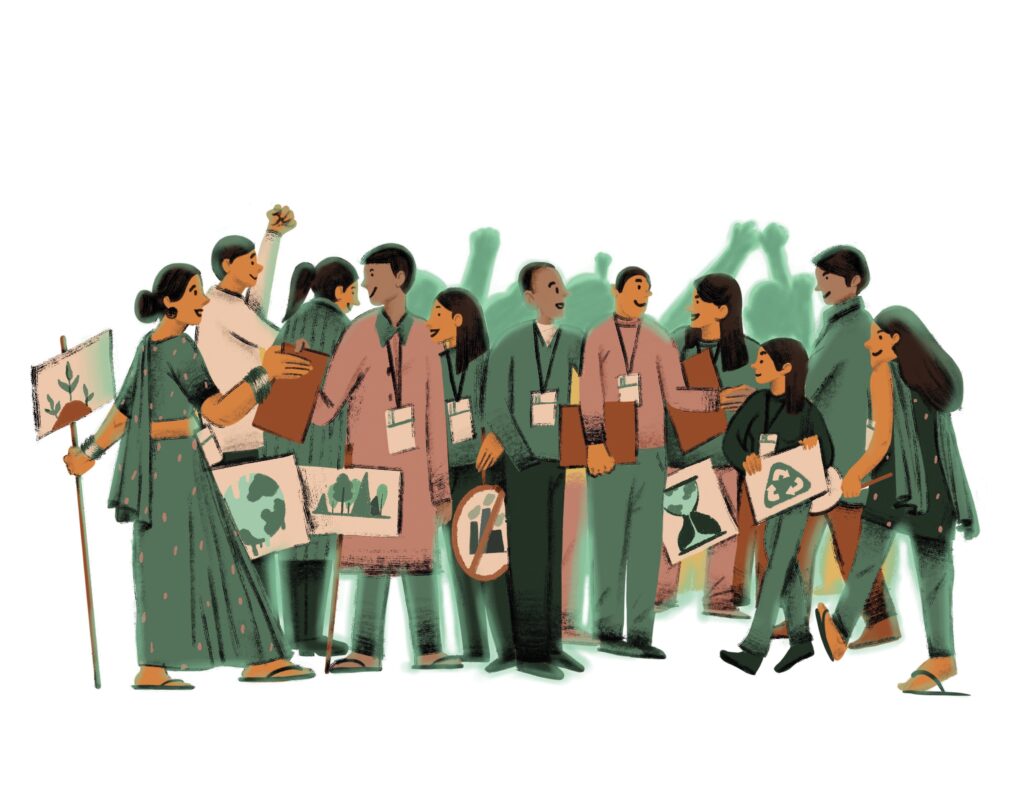What’s your quintessential Bangalore experience? For me, it’s coffee, ghee podi dosa, and a long stroll by a lake on a balmy Sunday morning.
Lakes are ubiquitous in the sprawling Indian city and synonymous with the Bangalore experience. If you’ve lived here even for a short while, there is a very high chance that you have benefitted from these lakes in one way or another—their water is used for irrigation, groundwater recharge and flood control most commonly. Whether you’re a stressed IT professional looking for some respite from staring at a screen, an athlete looking for a jogging track, or just someone who wants to get away from the incessant honking and traffic noise, Bangalore’s lakes are open to all. And they should be, as they hold a deep connection with the history of the city and its people.
But these lakes are in danger. As of May 2024, 125 out of 800 lakes had dried up (and of the remaining, 25 lakes are threatened). This was also the year the city faced a heatwave and severe water shortage. If you ask an old-timer, they might go off on a tangent about the unplanned development, skyrocketing population and degradation of Bangalore’s lakes. We may be inclined to brush off these complaints as frustrations with the current generation, but there is some truth to these rants.
Historic connections
Lakes are integral to Bangalore’s groundwater reserves, agriculture and overall security—to understand this, we must begin with the geography and elevation of Bangalore. Of all the major metropolitan cities in India, Bangalore is situated at the highest altitude, with an elevation of 920 m (3,020 ft) above sea level. That already makes it tricky to capture rainwater, given the slopes and inclines that make up most of the city’s topography.
You may think of the Cauvery and many other rivers flowing through Bangalore and wonder—shouldn’t water from these sources be sufficient to meet the population’s needs? It turns out that’s not enough. The topography and elevation of Bangalore call for a different system of water management, namely (you guessed it) lakes. Mostly human-made, these water bodies have been a safety net for the city for centuries, especially during the dry summer months.
In the 16th century, the governor of Bangalore, Kempegowda I, invented a system of linking the city’s lakes to ensure optimal water conservation. They were interlinked through canals, known locally as rajakaluve, ensuring that water in lakes at a higher elevation flowed to lakes at a lower elevation. Water in the lowest lake would then empty into connected valleys. However, people were needed to maintain this system and in came the caste-based designation of neeruganti—roles held by local families from the eponymous Scheduled Caste, who were entrusted with the management of the lake, including the release of water through sluice gates and maintenance of the rajakaluves.
Over decades and centuries of ancestral management, the neerugantis developed a robust system of experiential and indigenous knowledge of Bangalore’s water networks. These families would decide when and to where they would release the water, advise farmers on the appropriate crops to grow depending on the water situation, and even contribute to maintaining the rich ecosystems supported by these lakes. Native species of fish flourished under the management of neerugantis and the surrounding land thrived as well. Silt from the lakes was used as fertiliser for the soil and farmers used the grasslands around lakes for cattle grazing. A self-sustaining system was in place.
However, as time passed and demands on the lakes grew, a negligent approach was adopted by the authorities. In 1962, the Karnataka state government enacted a uniform irrigation policy, taking over lakes as government property. As a result, the neerugantis of the largest lakes got subsumed into government service. But the neerugantis of the smaller lakes were not so lucky, and their knowledge was rendered unimportant. The government also implemented a few unscientific initiatives that encouraged the growth of certain crops regardless of whether they were suitable for the local environmental conditions or not.
Additionally, remuneration for the neerugantis’ services was not considered by the newly appointed village accountants. Once lake management became centralised under the government, the neerugantis faded into obscurity. The vast body of knowledge, cultivated over centuries of experiences had been discredited for ease of administration, and a whole community of people were suddenly unemployed. Consequently, Bangalore’s lakes started to fall into disarray, owing to the broad-stroke approach and ignorance of the state government.
Perhaps Bangalore’s lakes wouldn’t be in such jeopardy if it were just this single issue, but there are many other reasons for the dire situation our lakes are in today. Let’s address the elephant in the room—the IT industry.
Boom and bust
If you ever want to start a fierce debate in Bangalore, bring up the IT industry. Was the boom in the 1990s and early 2000s a good thing or was it the worst possible thing that could have happened to the former Garden City of India? Ask older Bangaloreans and they will most probably oppose the establishment of the IT industry, throwing volleys of curses at the new areas of Bangalore, the shiny (and somewhat lifeless) glass buildings, the dreadful traffic jams and the breakneck expansion of the urban sprawl of Bangalore.
Ask a younger person and they might have a slightly more balanced approach: the establishment of the IT industry brought a lot of financial prosperity to Bangalore, but the rate at which the city is expanding is unsustainable. The condition of the lakes in Bangalore stand as a testimony. For one, the city has become prone to flooding and as the city grows, the scale of the floods continues to grow as well.
The State Disaster Response Force (SDRF) staff are the first responders in any disaster that endangers human life. My climate science field group asked a sub-inspector at the SDRF headquarters about the cause for these unprecedented floods. He told us that the rate at which new construction projects and roads are coming up cannot be handled by Bangalore’s lake system. The city’s population boom puts an already at-risk lake system under heavy strain. Moreover, the centuries-old rajakaluve network is cut off or obstructed at some points in favour of construction of buildings and houses (most often for actors, politicians or other high-profile individuals). These new and ubiquitous construction projects in Bangalore often have poor and disconnected drainage systems.
The SDRF official had a firsthand account of a flood call he had to attend to in June 2024—a brand new, upscale building was under duress from rainfall-related flooding, and his team had to clear the area of water by using a pump that removed 6,000 litres per minute. Despite this, the inspector told us that it was a resource-intensive job, in terms of personnel and time. And according to him, such situations are only going to increase in frequency and severity.
What’s more is that as we restore a select few lakes, we rebuild them with different structures. In general, lakes have a gradient-like structure, gradually sloping into deep waters, but Bangalore’s lakes are shaped like soup bowls. We simply don’t know enough about them to predict how any changes to the structure might impact their environment in the future.
Unfortunately, financial investment will continue to be Bangalore’s priority for years to come. The city will continue expanding and take on more and more people. But does this mean that we should simply brace ourselves for a painful combination of heatwaves, water shortages, and floods? Perhaps not. Perhaps there’s a solution to our lake issue by going back to our roots.
Shining examples
Let’s take a look at Puttenahalli and Kaikondrahalli Lakes in south Bangalore. They are lush and green, hosting a variety of birds, plants and fish. Although surrounded by high-walled, posh apartment complexes, the residents of these apartments collaborate with local indigenous communities to maintain the lake, which is usually open and accessible to everyone. The lake boards actively work to maintain the lake and also hold the municipal government accountable. There are several signposts detailing the biodiversity of the lake, as well as clearly defined jogging tracks and walking paths. These lakes have been replenished and maintained through active community involvement, and the result is clear in the thriving urban biodiversity and a regular water level.
The solution to Bangalore’s lake situation is thus clear: bring back the indigenous knowledge of the neerugantis, involve them in the maintenance and decision-making processes for the lakes. It might help to reduce government involvement in lake maintenance and transfer the responsibility to local custodians. It is also imperative to keep lakes open for people of all socio-economic backgrounds–the knowledge of otherwise marginalised communities is exactly the need of the hour.
The issues arising from Bangalore’s lakes affect all its citizens, regardless of whether you live in an unplanned settlement or a luxurious mansion—when a lake dries up or if there’s a flood, we’re all going to be in the same boat (quite literally in the latter case). Everyone needs to be involved in restoring our lakes, and we, as citizens, need to realise the power we have in holding those in charge accountable. If we continue to adopt a community approach to lake restoration, there’s hope for our city.
Further Reading:
How drying up of nearly 150 lakes is killing the city of gardens, Bengaluru. 2024. The Economic Times. https://economictimes.indiatimes.com/news/bengaluru-news/how-drying-up-of-nearly-150-lakes-is-killing-the-city-of-gardens-bengaluru/articleshow/109870888.cms?from=mdr
Mukul, S. A ‘thousand lakes’ once fed now-parched Bengaluru. 2024. India Today. https://www.indiatoday.in/history-of-it/story/bengaluru-water-crisis-shortage-city-of-thousand-lakes-tanks-history-kempegowda-silicon-valley-karnataka-2514988-2024-03-15. Accessed on December 9, 2024.
Neeruganti and the role they play in the community. 2024. Native Picture. https://www.nativepicture.com/post/introduction-to-neeruganti-and-the-role-they-play-in-the-community. Accessed on December 9, 2024.
Reddy, S. T. S. Water Managment , the Neeruganti Way. prod-qt-images.s3.amazonaws.com/indiawaterportal/import/sites/default/files/iwp2/Community_water_management_in_Karnataka_The_Neeruganti_way_2011.pdf. Accessed on December 9, 2024.





